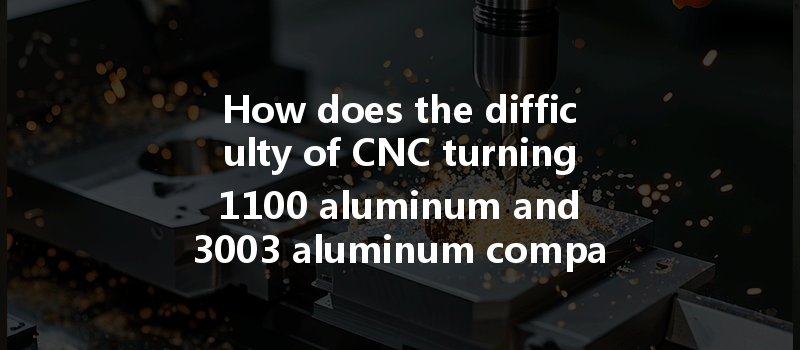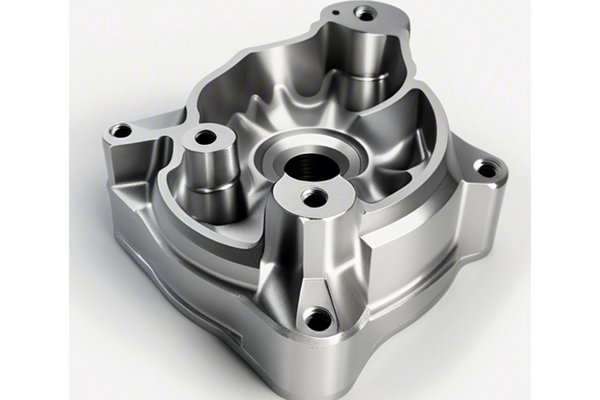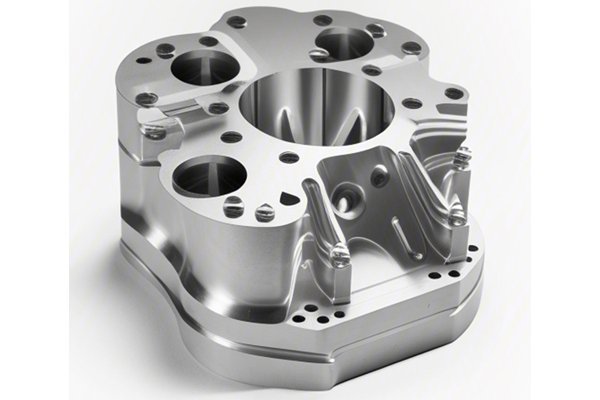Opening
Did you know that aluminum is amongst the most widely used metals in the manufacturing world, taking a significant share of about 30% in economy-critical sectors, including aerospace, automotive, and electronics? When it comes to CNC (Computer Numerical Control) machining, two popular alloys stand out: 1100 aluminum and 3003 aluminum. However, the efficiency and effectiveness of machining these alloys can differ significantly due to their unique properties and characteristics. This blog dives deep into understanding the differences in machining difficulty between 1100 and 3003 aluminum, helping manufacturers optimize their processes and improve overall efficiency.
Understanding Aluminum Alloys
Before delving into the CNC turning capabilities of these two aluminum alloys, it’s crucial to understand what makes them distinct.
1100 aluminum is known for its excellent corrosion resistance and high thermal and electrical conductivity. This alloy is often chosen for applications that require excellent ductility and workability. It is primarily used in food and chemical handling, decorative applications, and heat exchangers.
On the other hand, 3003 aluminum is known for its moderate strength (compared to 1100), excellent corrosion resistance, and good machinability. It is commonly used in applications that require good weldability and moderate strength, such as cooking utensils, storage tanks, and truck trailers.
The Importance of CNC Machining
CNC machining plays a vital role in the manufacturing sector, enabling precision and repeatability, even for complex designs. CNC turning specifically allows for the shaping of raw materials like aluminum into parts that meet intricate designs and specifications. However, the different properties of aluminum alloys can significantly affect machining techniques and outcomes.
Difficulty in CNC Turning: 1100 Aluminum vs. 3003 Aluminum
Understanding how the material properties of 1100 and 3003 affect their machinability starts with an exploration of three critical parameters:
Selecting the right tooling is critical in CNC turning.
The ability to optimize cutting parameters can greatly influence the success of machining both alloys.

Detailed Solutions for CNC Machining
Selecting the right tools for CNC turning operations is paramount to achieving high-quality results.
[ text{RPM} = frac{Cutting Speed times 12}{pi times Diameter} ]
Adjust your RPM according to the calculated values to ensure optimal efficiency.
Monitoring tool wear and breakage is vital for consistent quality in CNC turning.
In the realm of CNC turning, understanding the differences in machinability for aluminum alloys like 1100 and 3003 is crucial for manufacturers striving for efficiency, precision, and quality in their operations. The challenges posed by each alloy require tailored approaches in tooling selection, cutting parameters, and cooling strategies.
As we’ve explored, machining 1100 aluminum allows for higher speeds and an abundance of tool options, while machining 3003 aluminum requires careful consideration due to its work hardening behavior and moderate strength.
By recognizing these nuances, manufacturers can better prepare their CNC processes, leading to optimized operations and enhanced product outcomes. Remember, investing time in understanding material properties and selecting appropriate methodologies not only saves costs but also solidifies your position as a competitive player in the fast-evolving manufacturing sector.
In essence, the effective handling of diverse machinability factors can be a game-changer in achieving unparalleled precision and efficiency in CNC machining.






